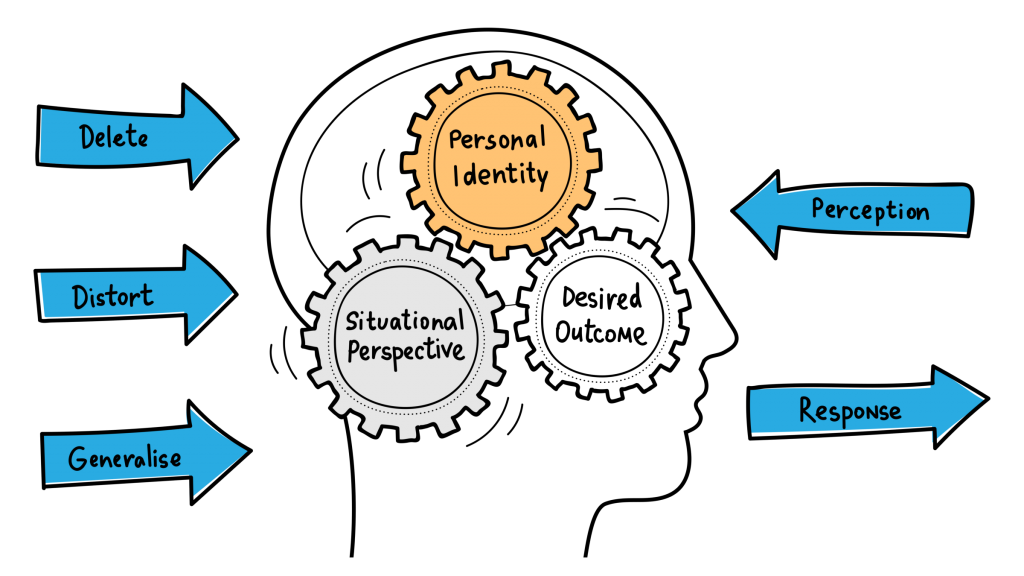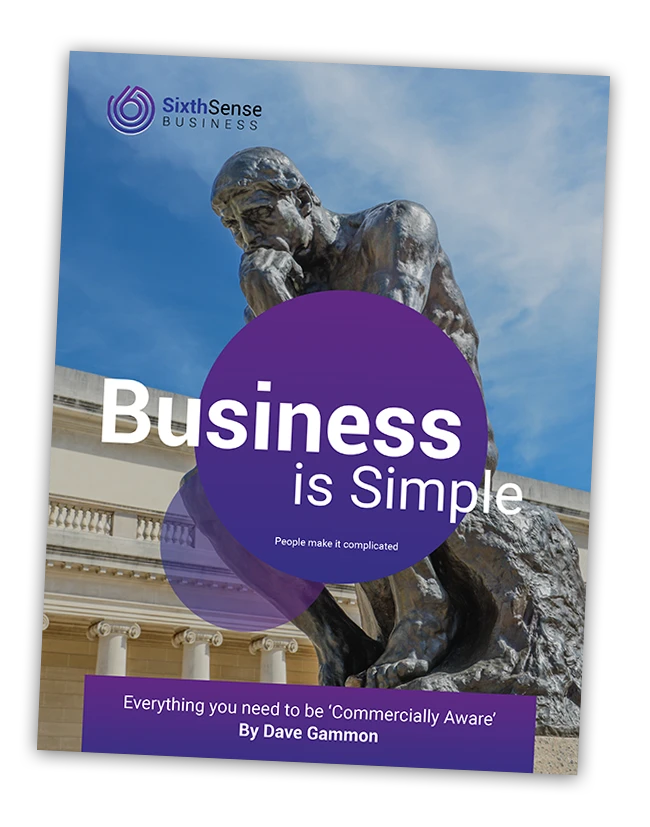
When it comes to your company’s representation of your customers, consistency is the king of experience. This blog explores the psychology that underpins this by way of a shopping trip. All your customer-facing team members need to read this.
Noticing for Difference
Last week my girlfriend Laura and I went into a House of Fraser store for the first time since Sports Direct took over the chain. We’ve always loved House of Fraser. The place has an air of quality with some great brands, well-designed merchandising and friendly, knowledgeable staff. Or at least, it used to.
As we walked in, we noticed that the entire store was a bit of a mess. The stock was lying in piles everywhere, and we struggled to find what we were looking for. Some quality brands weren’t available, and those that remained had been moved into areas that made the products look like an afterthought.
After a search, Laura managed to find some clothing, and we made our way to the counter. We were greeted by three staff, none of whom seemed to know how to process the gift voucher we presented, talking among themselves and making our presence feel like an inconvenience.
The incident brought to mind one of my favourite customer service experiences when I worked for Tesco in my early Corporate Audit career. As part of my induction, I was fortunate enough to be taken on a store visit with one of the senior directors. At this point, Tesco had about six hundred stores in the U.K., and he was responsible for one hundred of them.
He was a serious but engaging guy, an old-school retailer. As we went around the store, I noticed him picking up products and looking at the packaging, running his finger along the shelf, looking at the floor and checking staff uniforms.
I was surprised, so I asked him, “Look, you’re a senior director; you must be very busy, with a lot on your mind. Why are you focusing on this level of detail in one store?”
He looked at me and said, “Son, retail is detail. My customers notice this stuff even if they don’t realise they’re noticing it, and if I can’t trust my store manager to get these little things right, how can I trust him with the big decisions?”
Our senses only take in a minimal slice of the full spectrum of data out there (the vast majority of it being subconscious) and compare it to our internal representation of the world. If it measures up to what we expect, it is likely to bypass our conscious awareness.
What we are really scanning the world for is a difference. We are alerted to experiences or stimuli that don’t fit our internal representations, which don’t appear correct or familiar. This might be a threat to us; it might just be a tiger in the grass.
The experienced director was alluding to the profound consequences this has on how you design your customer experience.
Your customers already hold an internal sensorial representation (as illustrated below) of your company, its products, and its people. They know what dealing with your company feels like, looks like, sounds like and in some cases smells and tastes like. They know what to expect to hear from your team, what the products should look like, and how your delivery processes work.

How people work.
As long as the experience you give customers matches that representation, they’ll interact with you and remain satisfied. Risk to the relationship comes when another company disrupts their internal model by offering something sufficiently better, quicker or cheaper, that has the power to overcome your customers’ inertia or resistance to change.
Poor presentation and lacklustre staffing are not that unusual in the retail experience. But to find it in House of Fraser felt unusual.
In other words, it is not how good the customer experience is. It is how closely the experience matches their expectation. The differences that your customer notices can either enhance or diminish their perception of your company. If it diminishes your customers’ perception, they will become open to exploring other possibilities, including your competitors.
Introducing a positive enhancement to the customer experience can make your customer more likely to remain a customer (assuming they perceive the change as positive). Still, it’s important to remember one thing. The service improvement eventually becomes their new internal model. It no longer has the potential to ‘wow’ them, but they will notice if it stops or gets missed.
The principal goal of customer experience is consistency.
Our experience in House of Fraser put us off returning to that store. I could write a list of at least ten individual elements that affected how we perceived the experience as relatively diminished. Only time will tell whether this is a temporary or permanent shift, but the damage has been done.
Perhaps the company strategy is to a more discount, downmarket position. Nothing wrong in that, per se, but they need to make sure they are managing the message, or they’ll lose their old customer base and fail to attract a new one.
